Why Valencia abandoned their new stadium, Nou Mestalla 🏟
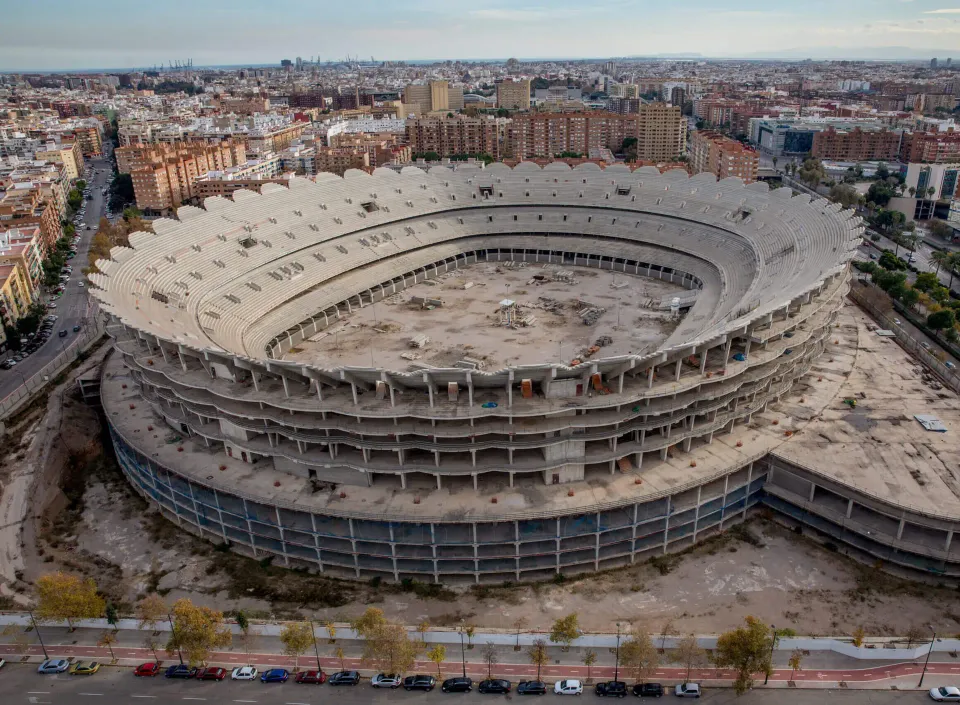
Valencia's new stadium, named the Nou Mestalla (English: the new Mestalla) was intended to replace their current stadium, the Mestalla.
Since its unveiling in 2006, the Nou Mestalla has remained a poignant reminder of unfulfilled promises and dashed aspirations. Initial plans, boasting a 75,000-seat capacity and ambitious commercial ventures, showcased the club's lofty ambitions.
However, amidst Spain's property crisis and subsequent financial turmoil, Valencia FC's grand vision faltered. With changing leadership and mounting debts, progress on the stadium ground stopped in 2009, leaving behind a skeletal structure and a cityscape marred by the spectre of unfinished construction.
The Nou Mestalla stadium is now called a ghost stadium, an eery site for locals, and dark stories of death and tragedy linger around it. This is the story of the Nou Mestalla, its secrets, and whether or not it will ever get completed.
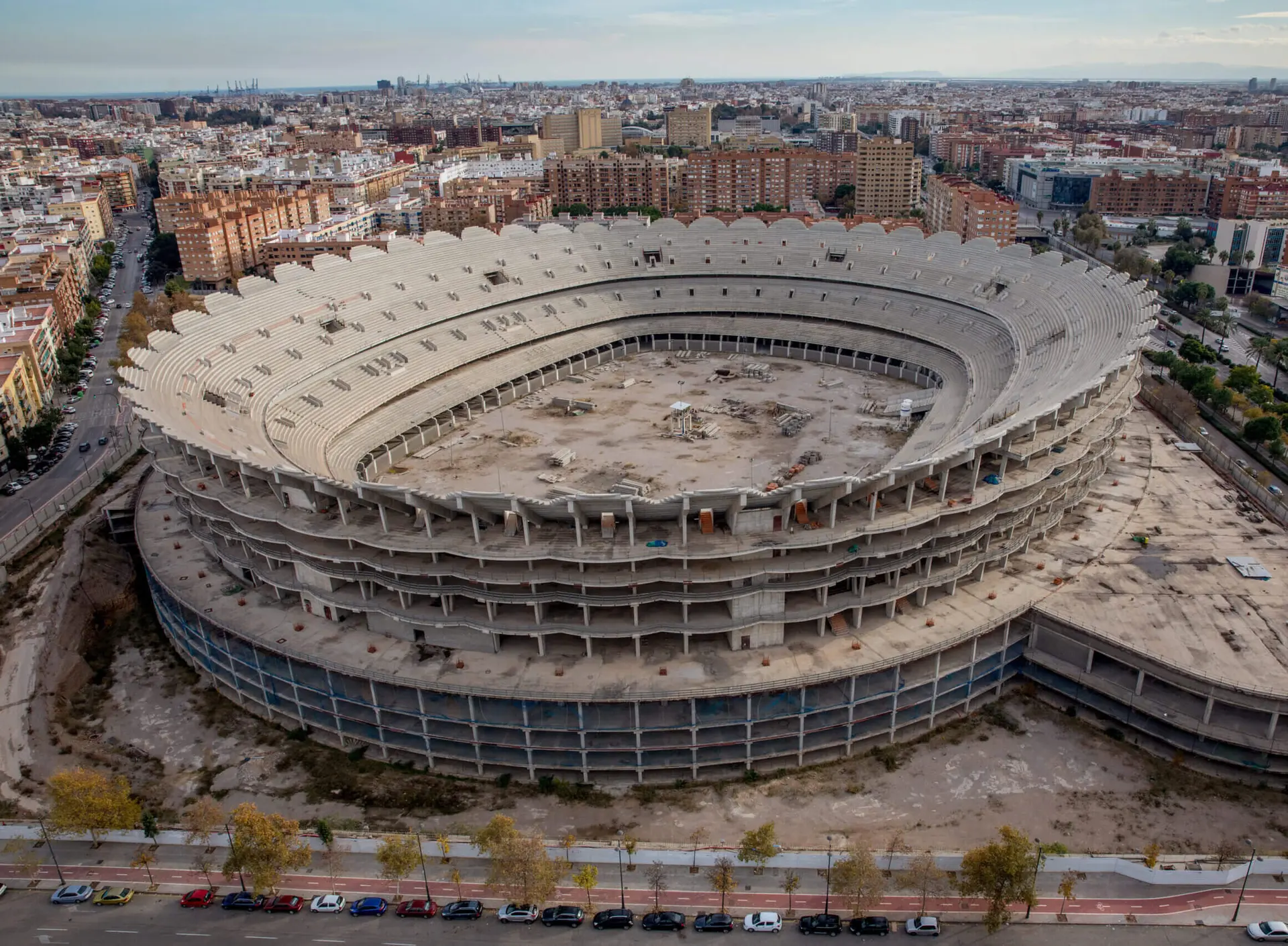
What is the background of Nou Mestalla's construction?
The vision for Nou Mestalla emerged in 2006 under former president Juan Soler, promising an 80,000-seat capacity stadium to rival football's grandest arenas. At the time, it was set to be one of the most modern and technologically advanced stadiums in the world. With a rich fan experience, state-of-the-art hospitality and dining, and a conference centre.
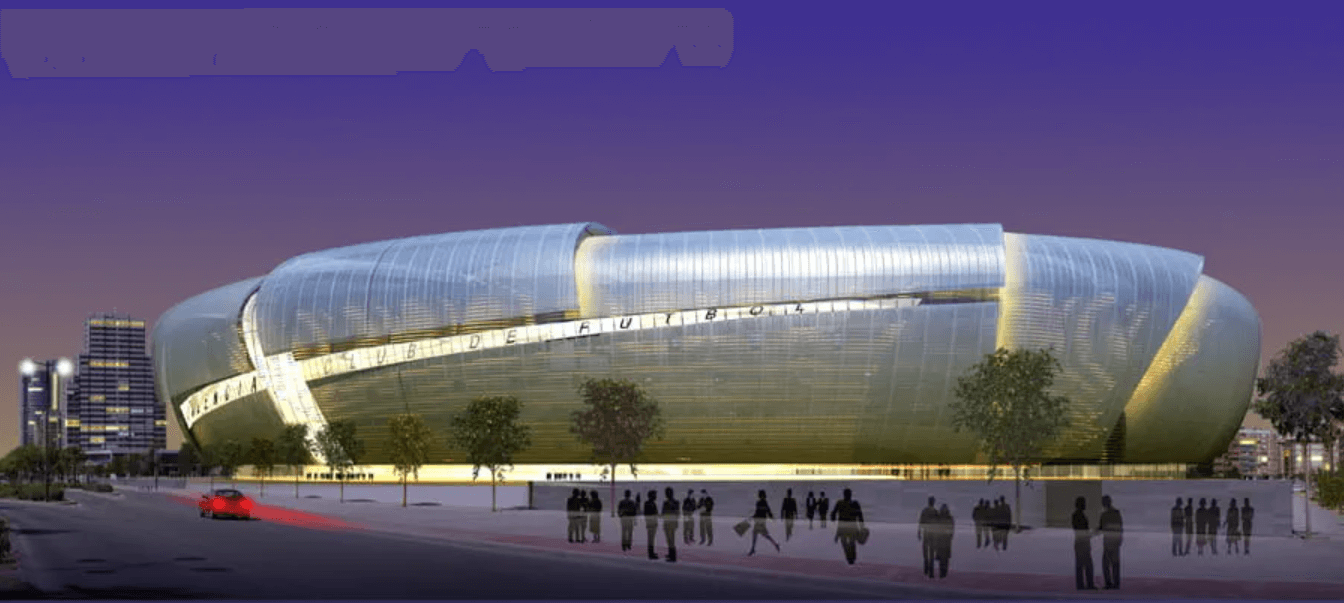
What obstacles hindered its completion?
Despite initial construction efforts between 2007 and 2009, financial setbacks have plagued the completion of this futuristic stadium.
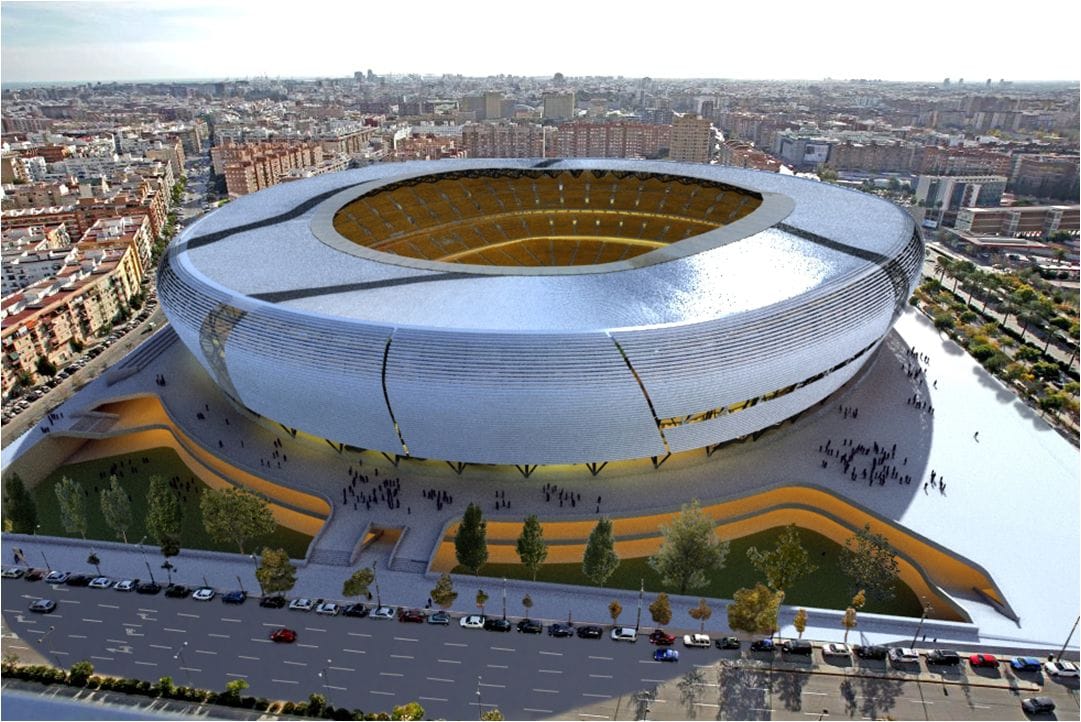
What were the revised designs and plans for the Nou Mestalla?
Valencia FC's aspirations for the Nou Mestalla have undergone several revisions, including a reduced capacity and altered design, shaping its future role in the city's football landscape. The current plans in the image below signify a more modest and traditional stadium, but one that is still vastly superior to the current Estadio Mestalla.
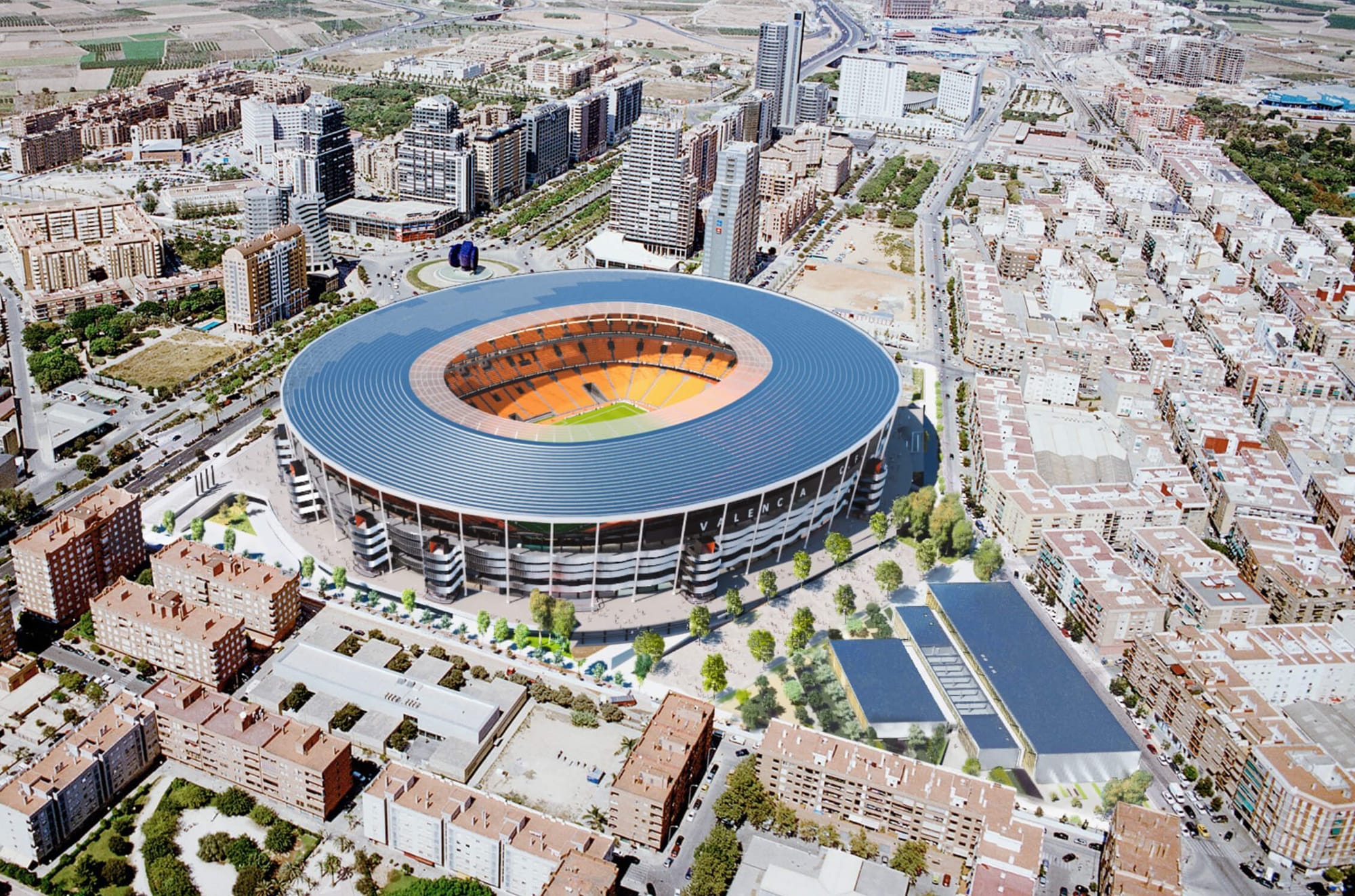
How did negotiations with Bankia affect progress?
In 2011, a potential breakthrough arose with a deal to finalize construction and transfer the old Mestalla property, yet this agreement failed to materialize, further stalling progress
Will the Nou Mestalla ever be finished?
Recent developments have reignited discussions surrounding the Nou Mestalla's fate. La Liga's partnership with CVC Capital Partners injected fresh funding into Spanish football, with Valencia earmarked to receive a portion for infrastructure projects.
With potential financial backing and the allure of hosting 2030 World Cup matches, Valencia's leadership sees a window of opportunity to revive the stadium project. Negotiations with stakeholders, including local authorities and investors, signal a renewed push towards completion.
The latest reports are that Valencia's new stadium, the Nou Mestalla, will finally be completed by 2025.
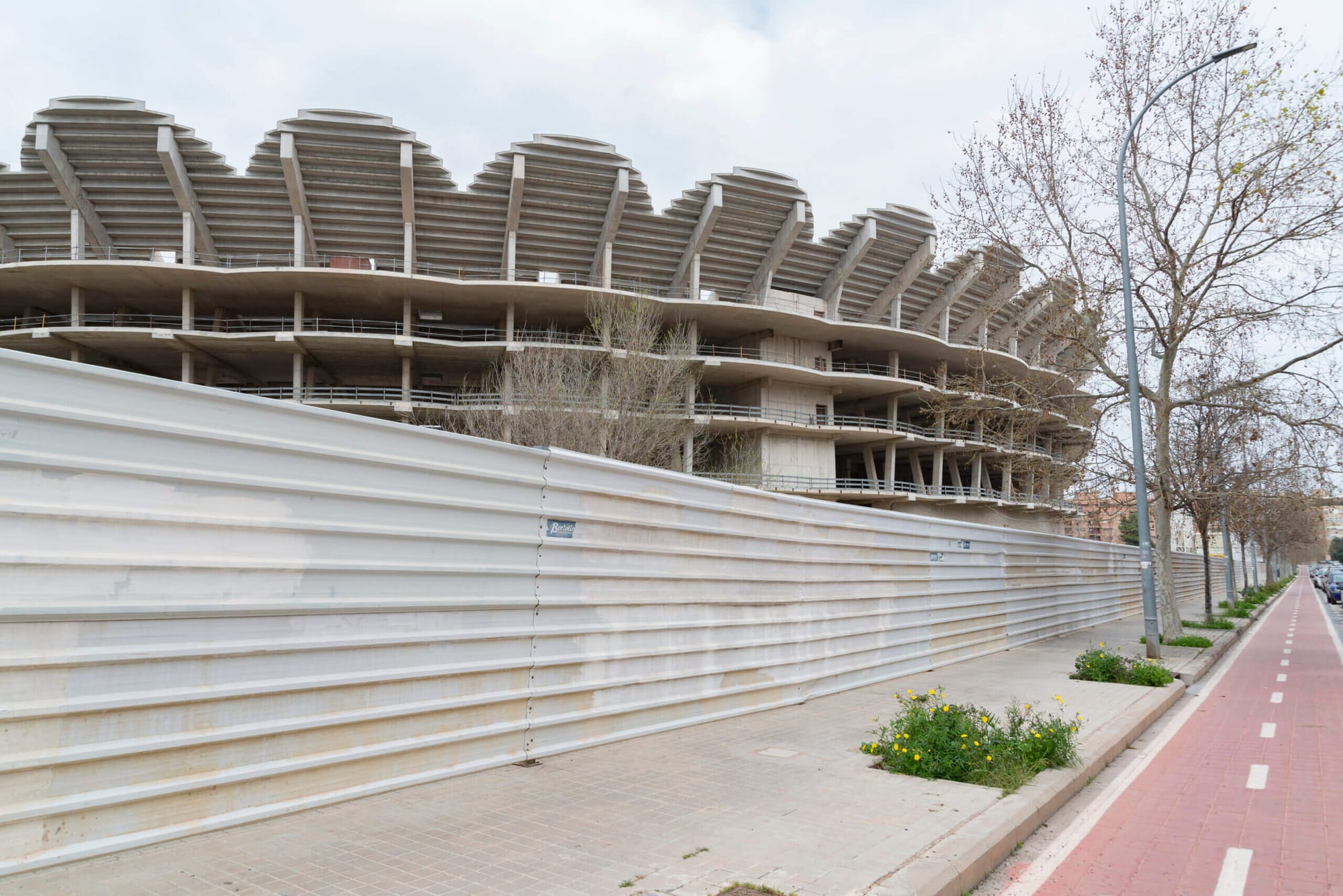
Where do Valencia currently play?
Valencia CF currently play at the Estadio Mestalla, and it boasts a capacity of 49,430 seats. It was built in 1923 and is finally showing the wear and tear of an old stadium. The Nou Mestalla was seen as a more attractive option to fans, the club, and local financiers to increase the stadium capacity to almost 80,000 and redevelop the area of the city where the Nou Mestalla would be built.

What is stopping Valencia's Nou Mestalla from being finished?
Valencia's staggering debts and the complexities of real estate transactions pose significant hurdles. Securing funding, navigating bureaucratic red tape, and garnering public support remains pivotal in navigating the stadium's future.
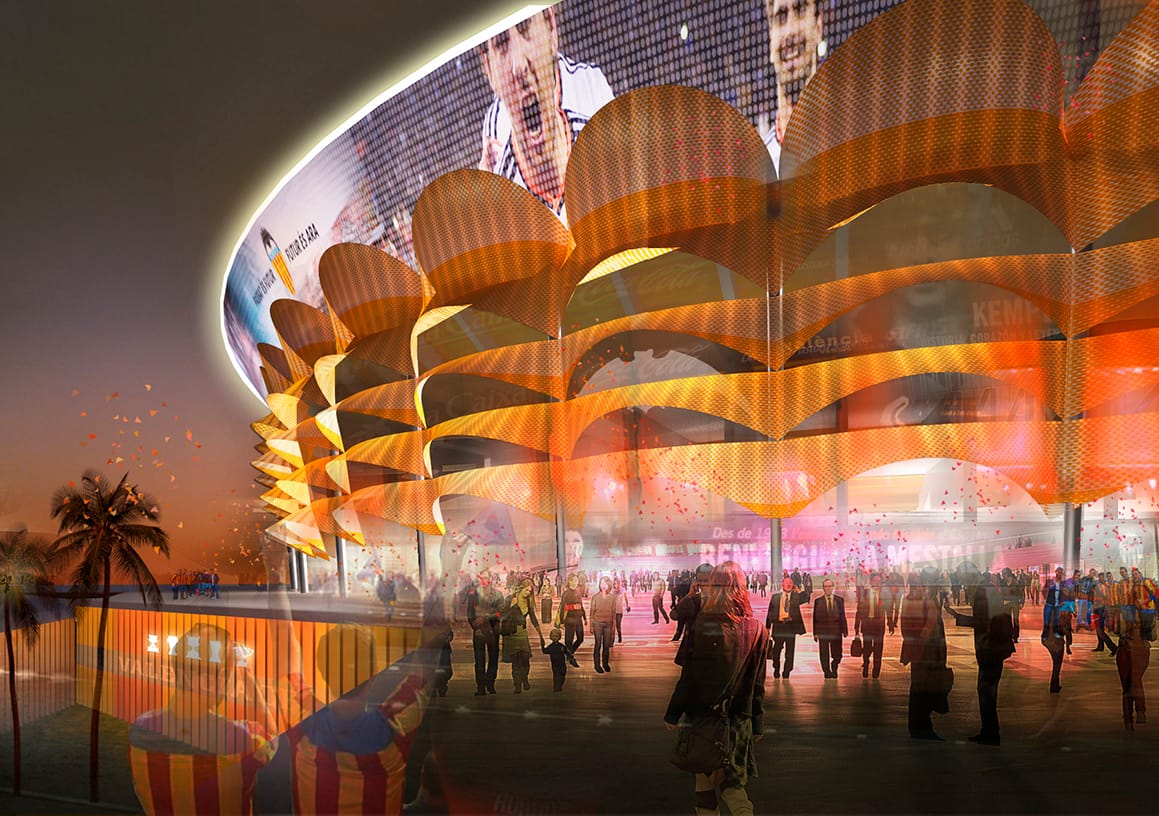
The delicate dance between Valencia FC and local authorities reflects a nuanced power play, with both sides vying for negotiation leverage. Amidst political posturing and public scepticism, the club treads cautiously, mindful of the weight of expectations and the shadow of past failures.
Did somebody die in an accident at the Nou Mestalla?
In May 2008, a devastating accident claimed the lives of four workers due to a scaffolding collapse, casting a sombre shadow over the project and prompting industry-wide reflection on safety measures.
How did the community respond to the tragedy?
The Valencian Community united in mourning, with trade unions calling for a moment of silence, underscoring the human toll and emphasising the importance of workplace safety on stadium construction sites.
If you want more in-depth football analysis and exclusive stories like this, consider becoming a part of our growing community of cultured football fans with our free and paid memberships. Your support is vital to our ability to grow and improve our football reporting capabilities.

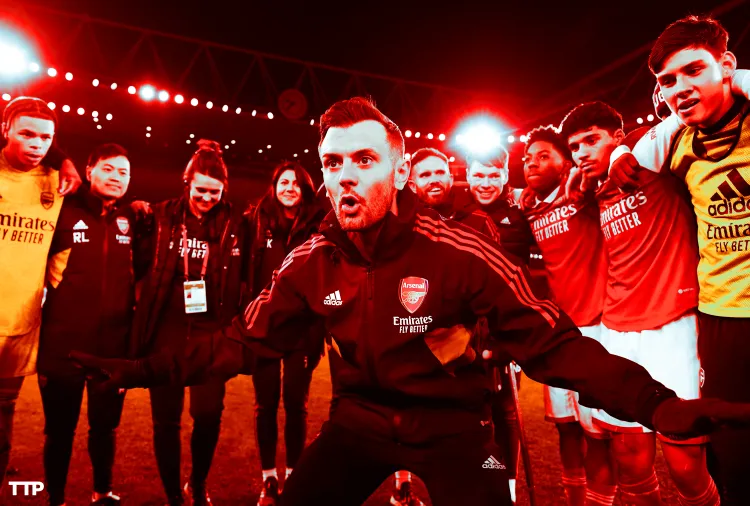
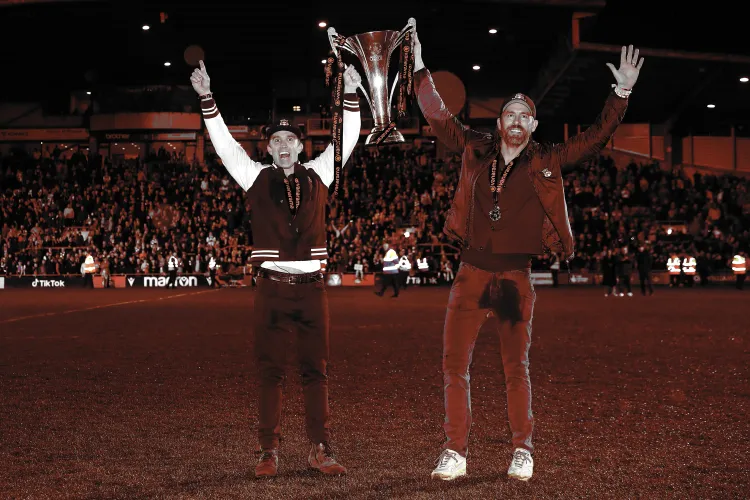
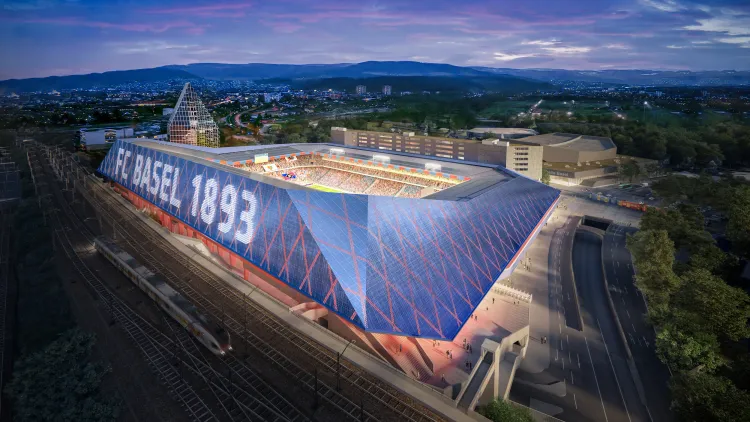
Comments ()